Africa, a trans woman dedicated to musical representation and comic entertainment on Facebook exhibits her daily life through live broadcasts, having success and a large influx of viewers. This while she is getting ready for her special program in honor of her best friend Vicenta de Loris, since a year has passed since her life was taken from her.
Related Movies
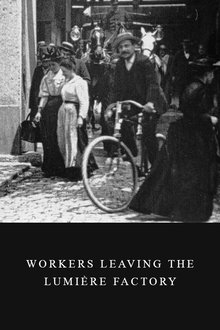
Workers Leaving the Lumière Factory (1895)
Working men and women leave through the main gate of the Lumière factory in Lyon, France. Filmed on 22 March 1895, it is often referred to as the first real motion picture ever made, although Louis Le Prince's 1888 Roundhay Garden Scene pre-dated it by seven years. Three separate versions of this film exist, which differ from one another in numerous ways. The first version features a carriage drawn by one horse, while in the second version the carriage is drawn by two horses, and there is no carriage at all in the third version. The clothing style is also different between the three versions, demonstrating the different seasons in which each was filmed. This film was made in the 35 mm format with an aspect ratio of 1.33:1, and at a speed of 16 frames per second. At that rate, the 17 meters of film length provided a duration of 46 seconds, holding a total of 800 frames.

Making Of Castelo (2019)
A two parts making of documentary, following José Augusto Silva and his film crew during the shooting of a university short film called Castelo.

The Sun's Gonna Shine (1969)
A lyrical recreation of Lightnin’ Hopkins’ decision at age eight to stop chopping cotton and start singing for a living. Preserved by the Academy Film Archive in 2013.
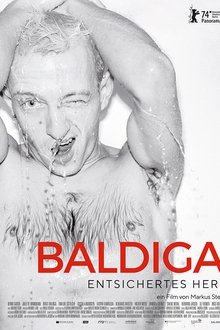
Baldiga: Unlocked Heart (2024)
Using diary excerpts, photographs and memories from companions, the film paints the portrait of the artist Jürgen Baldiga who sensitively and authentically captured the West Berlin queer scene of the 1980s and early 1990s with his camera.
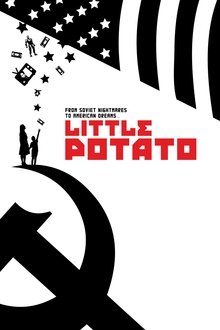
Little Potato (2017)
Wes Hurley's autobiographical tale of growing up gay in Soviet Union Russia, only to escape with his mother, a mail order bride, to Seattle to face a whole new oppression in his new Christian fundamentalist American dad.

The Overture (1965)
Young men are faced with a medical commission for army recruits and asked to choose where they want to get to, at least theoretically.
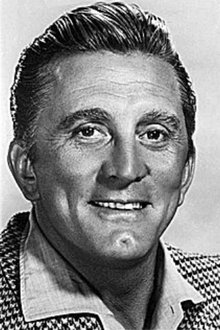
Kirk Douglas (1966)
The 1966 visit of Hollywood movie star Kirk Douglas at the legendary Polish State Film School in Lódz.

Fire! Fire! At Last Something's Going On (1967)
Piwowski's documentary debut is a satirical reportage, referring to the poetics of the Czech school at the time. The starting point was an order from a film studio to join a project proposed by the Germans: what do teenagers in your country do on Saturday at 5 pm? Images from the lives of teenagers from Kętrzyn make up a contrasting slice of free time in a small town. Firemen maneuvering to start a fire outside working hours, bodybuilders training, choir rehearsal, dancing in Hitler's former headquarters...

Hair (1972)
A satirical look at the Soviet-block hairdressing contest which was held in Warsaw in 1971.
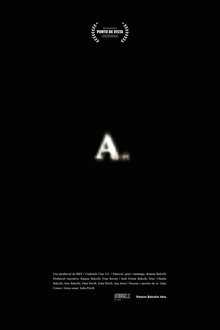
A. (2025)
Having lost her memory, A. could barely recall glimpses of her childhood in Argentina. After her death, her son visits the empty house for the last time. A sensory journey through a house without objects but filled with memory.
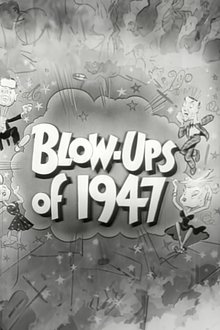
Blow-Ups of 1947 (1947)
Flubs and bloopers that occurred on the set of some of the major Warner Bros. pictures of 1947.

Translating History to Screen (2008)
Translating History to Screen (2008) Video Short - 10 June 2008 (USA)

Afro Mood Burlesque (1947)
A burlesque short starring Amalia Aguilar. Part of "Joe Bonica presents the Movie of the Month" nudie film series.

Award Presentation to Andy Warhol (1965)
In 1964 Film Culture magazine chose Andy Warhol for its annual Independent Film award. The plan was to show some of Andy's films and have Andy come on stage and hand him the award. Andy said, no, he didn't want a public presentation.
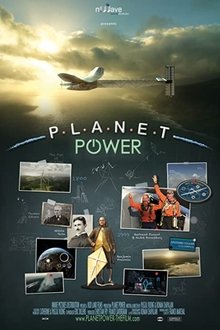
Planet Power (2018)
This movie explores the history of electricity - from the first spark created by man's hand to today's industrial power plants. We meet scientists who changed the world, like Faraday, Franklin, and Tesla and we glimpse the future, as Solar Impulse becomes the first plane to complete a round-the-world flight powered only by the sun. With a mix of chalk animation, CGI, archival footage and spectacular aerials, the film also explores the challenges ahead: how to meet the growing energy needs of our industrialized world, while also protecting the health of our planet.
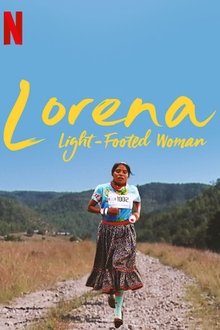
Lorena: Light-Footed Woman (2019)
A young woman of the Tarahumara, well-known for their extraordinary long distance running abilities, wins ultramarathons seemingly out of nowhere despite running in sandals.
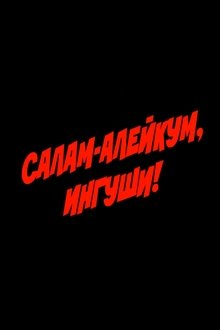
Salam Aleikum, Ingush people! (1993)
Documentary film about ethnic cleansing in the Prigorodny district in October-November 1992.
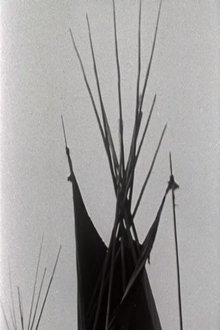
A Pinto for the Prince (1979)
In 1977, Prince Charles was inducted as honorary chief of the Blood Indians on their reserve in southwestern Alberta. The ceremony, conducted in the great Circle of the Sun Dance, commemorated the centennial anniversary of the original signing of Treaty 7 by Queen Victoria.
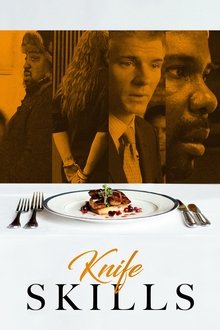
Knife Skills (2017)
Edwin’s Restaurant is determined to become one of America’s top French restaurants, with a staff unlike any other in the country. Brandon Edwin Chrostowski prepares to open his Cleveland, Ohio fine dining establishment with a staff composed nearly entirely of recently released prisoners in search of an opportunity to get their lives back on track. They sign up for a classical French food boot camp to learn the ins and outs of fine wine, sauces, and more.